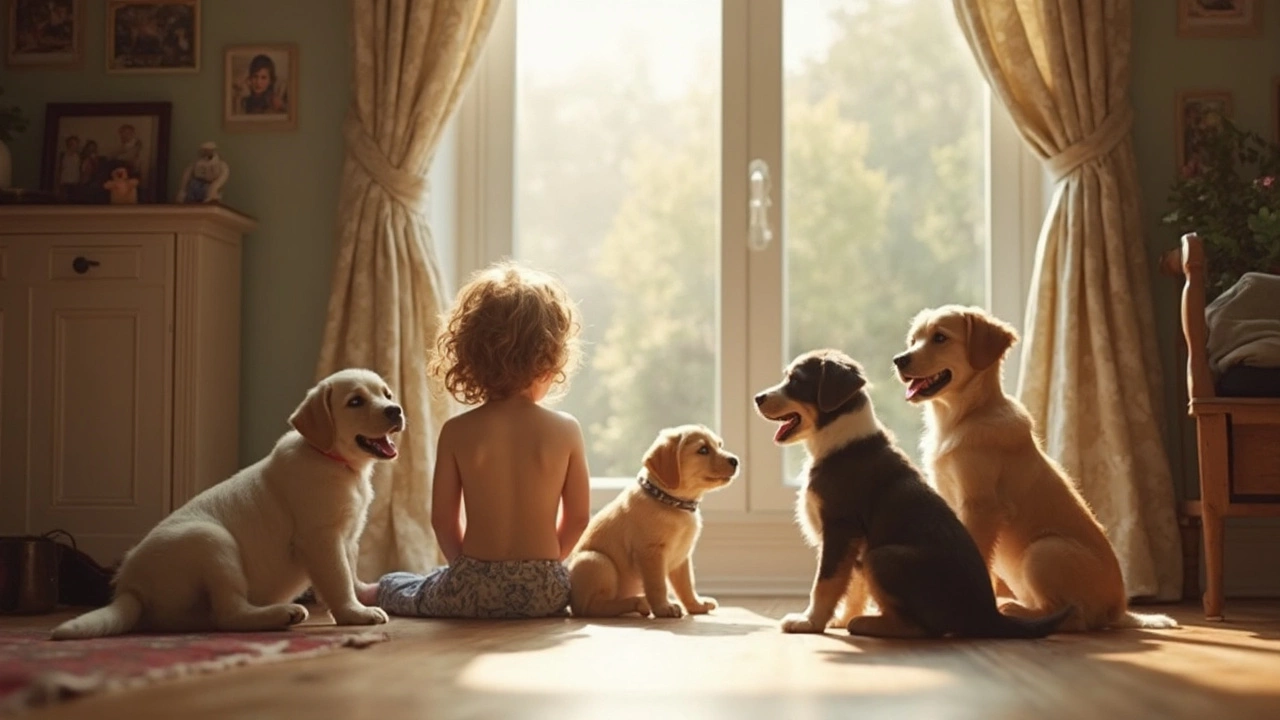Dog Development: Practical Advice for Every Stage
If you’ve ever wondered how to help your dog grow into a well‑behaved, healthy adult, you’re in the right place. This page gathers the most useful articles on everything from puppy milestones to senior‑dog care. The idea is simple: give you clear, bite‑size guidance you can use today, no jargon required.
Key Stages of Dog Development
Dogs go through a handful of predictable phases. In the first few weeks, puppies learn to trust you, explore the world with their noses, and start basic house‑training. By the time they’re 3‑4 months old, they’re teething, testing boundaries, and need chew toys that won’t ruin your shoes. Around six months, the growth spurt slows, but energy levels stay high, so you’ll notice pulling on walks and a surge in curiosity.
Our article “When Do Puppies Stop Biting?” breaks down the typical biting timeline and gives you three easy tricks to curb it before it becomes a habit. For owners who wonder when to start formal training, the guide “What Age Should a Dog Be Trained?” explains why the best age is really about mental readiness, not just a number on a calendar.
As dogs move into adulthood, nutrition becomes a bigger factor. The piece on “Olive Oil vs Fish Oil for Dogs” compares two popular supplements, showing which one supports joint health versus skin and coat. If you’re curious about safe human foods, the article “Is Greek Yogurt Safe for Dogs?” gives a quick rundown of benefits, risks, and serving sizes.
Senior dogs need extra attention to joint health, weight management, and mental stimulation. While our tag doesn’t have a senior‑specific article yet, the information on calming collars (“Do Dog Calming Collars Really Work?”) can help older dogs with anxiety or arthritis‑related restlessness.
Top Resources to Support Your Dog’s Growth
All the advice above is solid, but you’ll need the right gear to put it into action. If your dog pulls on the leash, check out “Best Dog Leash and Harness for Pulling” for a no‑pull harness that works with real‑world dogs. For puppies learning to sleep alone, the guide “Puppy Crate Training: Should You Use a Pee Pad at Night?” tells you when a pee pad helps and when it holds back progress.
Traveling with a dog? Two articles cover the whole process: “Is Flying Traumatic for Dogs?” and “What to Give a Dog Before a Flight”. Together they outline stress signs, cabin vs cargo rules, and a pre‑flight checklist that includes feeding times and calming tips.
When it comes to everyday health checks, don’t forget the simple but powerful step of watching your dog’s stool. The post “Pumpkin Side Effects for Dogs” explains when pumpkin can soothe digestion and when it might cause problems, giving you a quick way to decide if it’s worth trying.
All of these articles are linked under the “dog development” tag, so you can jump straight to the topic you need. Browse, read, and try one tip at a time—consistent small changes add up to big improvements in your dog’s life.
Remember, every dog is unique. If something doesn’t feel right, talk to your vet. The goal is a happy, healthy companion who enjoys each stage of life as much as you do.
When Is a Puppy No Longer a Puppy? Signs to Look For
Ever wondered when your adorable bundle of fluff actually stops being a puppy? This article explains how puppies grow up, what changes to expect, and why there’s no single answer. Discover the milestones that matter, breed differences, and why the transition from puppy to adult affects more than just behavior. Plus, you’ll get practical tips for caring for your dog at every stage.
